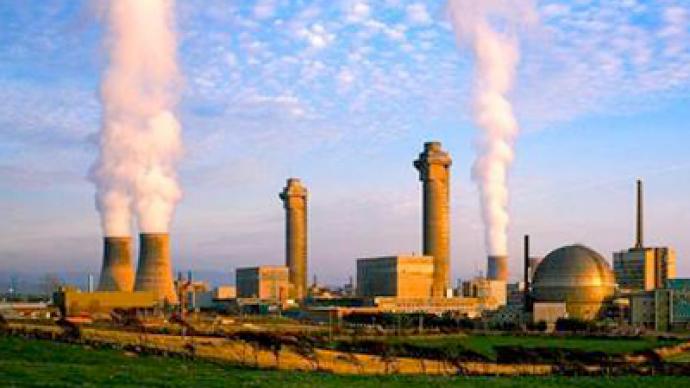UK presses on with nuclear power

Nuclear officials from the 20 biggest economies have met in Paris to speak on nuclear safety in the wake of Japan's disaster. While Germany and Switzerland plan to close all their nuclear reactors, Britain is committed to expanding its facilities.
This intention is leading to security fears.The Lake District is famous for its quaint villages and spectacular views. It is a hill-walkers’ paradise, but one cannot help wonder if people would be quite as happy to holiday there if they knew what was right next door.On the edge of the picturesque Lake District is Sellafield nuclear power plant. Improbably, it is home to the world’s biggest plutonium stockpile – a waste product of civilian nuclear fuel. Plutonium is one of the deadliest substances known to man. It is poisonous and convertible into nuclear weapons.But nuclear scientists have a plan. Inside the Sellafield buildings they take the waste plutonium and recycle it into usable nuclear fuel, called MOX. It sounds great in theory. But the reality is very different.“There is an existing Mox plant at Sellafield, but its output has been a tiny fraction of what it was supposed to do, and it cost an enormous amount of money. Cables leaked by WikiLeaks said the US described it as a big industrial embarrassment and a white elephant,” says Dr. Dough Parr, chief scientist at Greenpeace. The majority of the Sellafield plutonium stockpile is British, but managers were so confident it would work that they took plutonium from other countries, promising to send it back as fuel. A major customer was Japan – which now says it will not buy the Mox.“Fukushima has changed the landscape. Now there is growing concern in Japan about the whole nuclear business, in particular the business in recycled fuel. The purpose of the Mox plant in Sellafield was to make fuel that would be sent back to Japan using Japanese plutonium,” says Steve Connor, science editor at the Independent newspaper. Even before Fukushima, the plutonium reprocessing plant at Sellafield was considered one of the biggest disasters in British industrial history, producing just ten per cent of its planned output at huge cost. But that has not stopped government plans for building yet another plant. It could cost 10 billion dollars – much of it taxpayer money.“Mox is really about getting rid of plutonium, there’s no other use for it. It’s more expensive to produce, it needs subsidies to the users to make it work, and it produces nuclear waste that is much more difficult to deal with,” says Dr. Doug Parr. For now, the stockpile is there to stay, posing a massive security threat.“The biggest fear since 9/11 of course is that the plutonium will be targeted in some way by terrorists, either by crashing aircraft into the side or whatever, so there is an enormous concern about it being used by terrorists in some shape or form. Five kilograms of this material, and remember we have something approaching a hundred tons of it, five kilograms of it will make a large part of London uninhabitable for many-many years,” says Connor. Sellafield has been affected by global events recently. In the wake of the killing of Osama Bin Laden, five men were arrested taking photos there, on suspicion of terrorist activities. They were eventually released without charge, but the incident highlighted the hazards of storing such a huge amount of deadly material. Mox sounds like a good way of getting rid of it, but following Fukushima, there is no market. Worryingly, that has not stopped government plans to pour billions into a second Mox plant.














